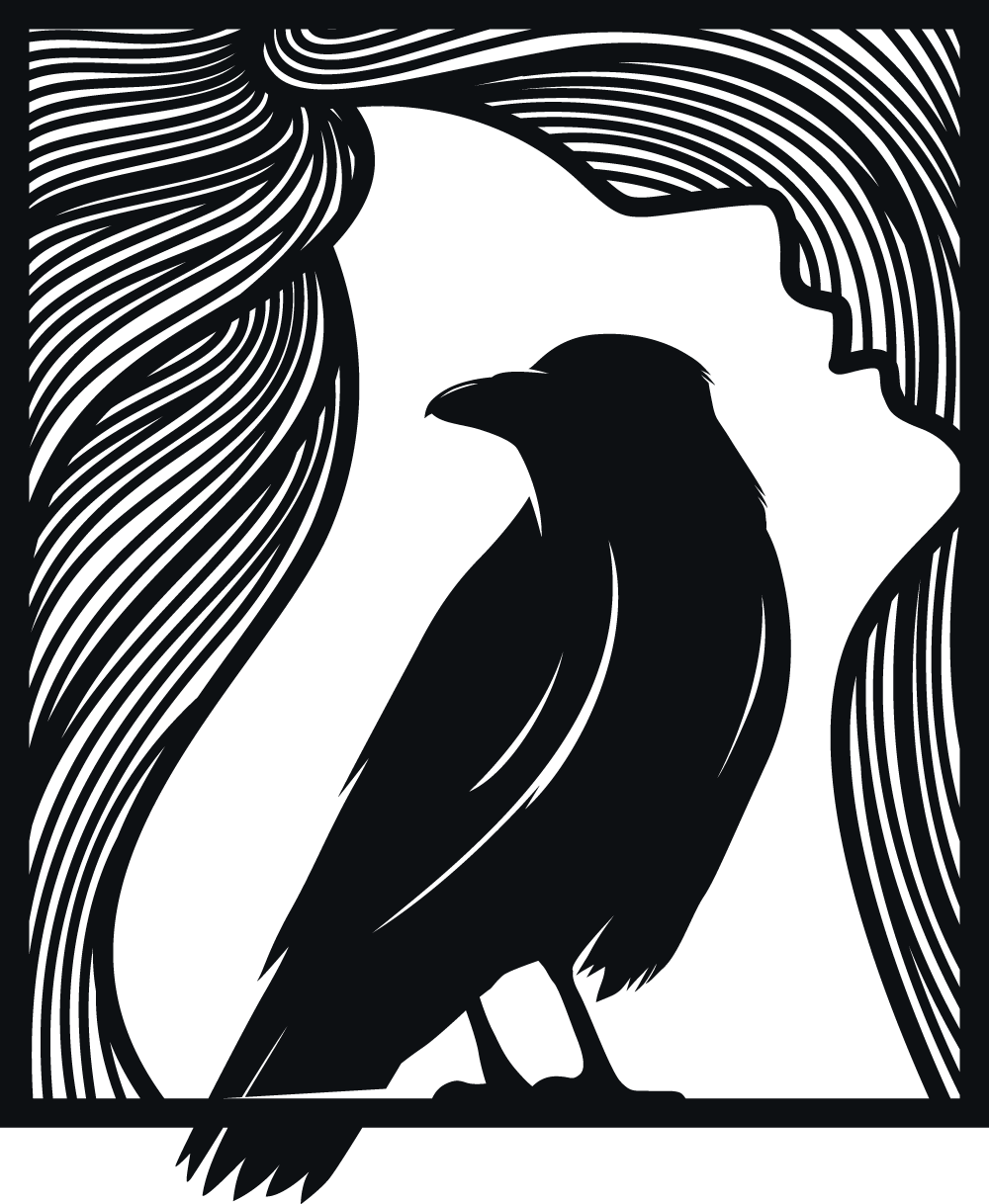
Sekhmet is one of the most powerful and fearsome deities in the Egyptian pantheon, often depicted as a lioness-headed goddess. She is known as the goddess of war, destruction, and healing, embodying both the destructive and protective aspects of the sun. Sekhmet is also closely linked with plague, disease, and their cures, making her a dual force of illness and healing.
Key Aspects of Sekhmet:
- Goddess of War and Destruction: Sekhmet is associated with violence and warfare, sent by her father Ra to punish humanity when they turned against him. In her rage, she almost destroyed all of humanity, and her power in battle was feared and revered.
- Goddess of Healing: Despite her ferocity, Sekhmet is also connected to healing, particularly through her priests, who were known for their medical knowledge and skills. This duality is central to her nature, as she both causes and cures disease.
- Solar Deity: Sekhmet is closely associated with the sun and is the daughter of Ra, embodying the scorching and purifying aspects of the sun’s rays.
Sekhmet in Modern Paganism:
In modern pagan practices, Sekhmet is often invoked for protection, healing, and strength, especially in challenging times. Her role as both a warrior and a healer makes her a popular deity for those seeking to overcome obstacles, whether physical, emotional, or spiritual. Pagans may turn to Sekhmet in rituals involving justice, empowerment, or healing energy, channeling her fierce power to bring about positive transformation.
Sekhmet’s ability to both destroy and heal represents a profound balance, making her a powerful figure in both ancient and contemporary spirituality.

